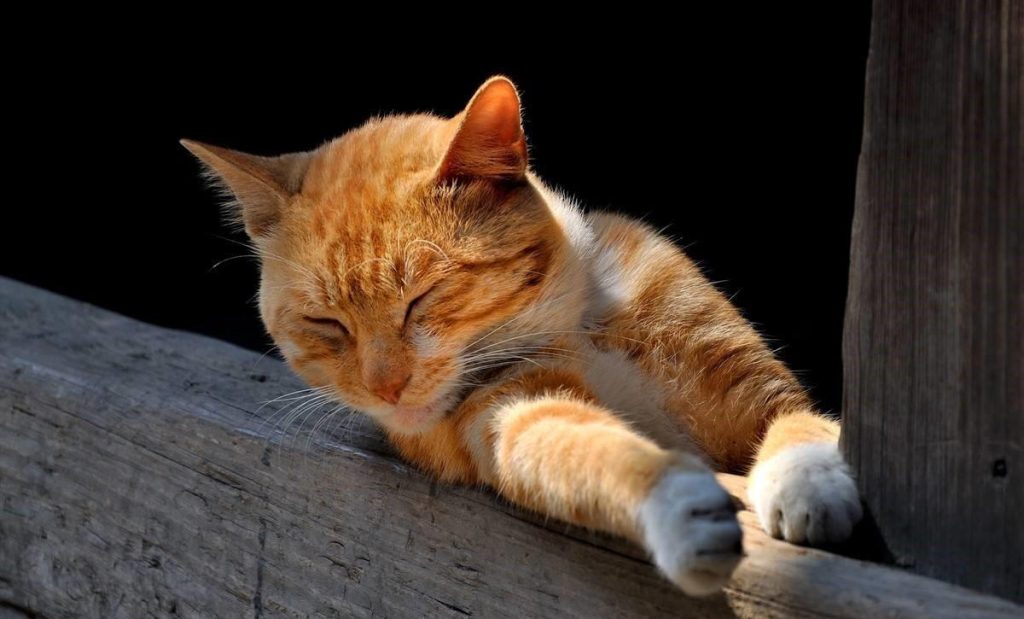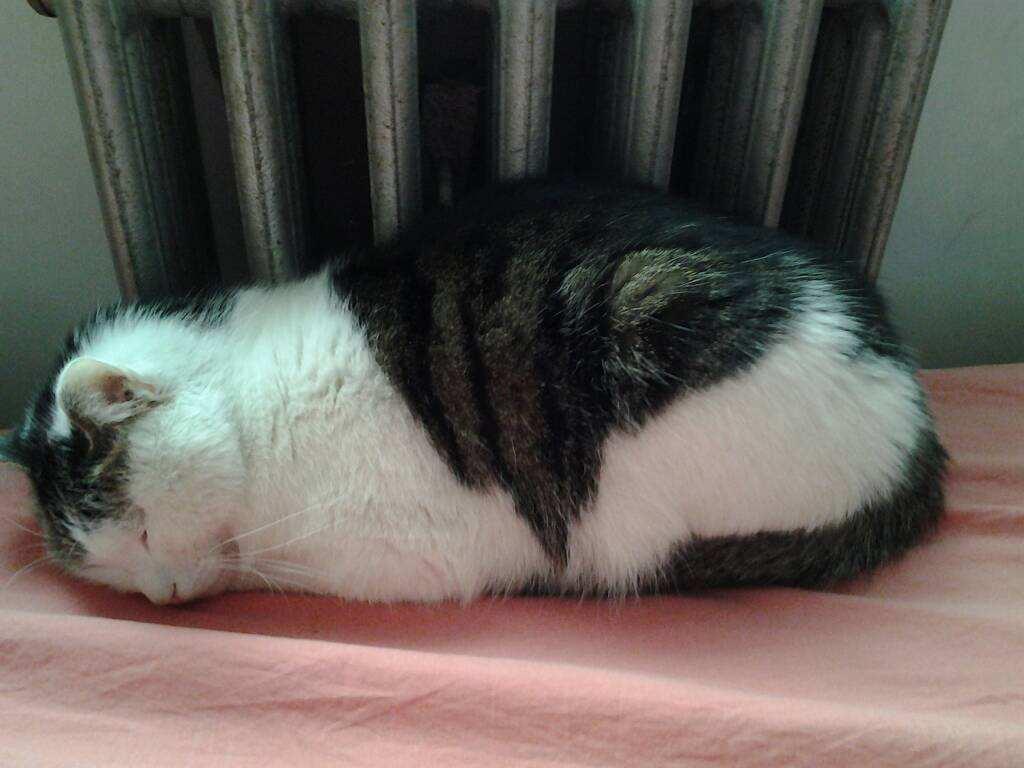For pet owners, the scariest thing is that one day they will leave them forever. When cats get old and no longer play pranks, please cherish the last years with them! Below are a few characteristics listed by the editor. We can judge whether our little cat has reached the end of its life based on the following characteristics.
- Sleeping time becomes longer
When its body continues to age, the most obvious manifestation is drowsiness. It can fall asleep in any weather or occasion, and it is much more difficult for its owner to wake it up than before. Although cats themselves tend to be quite drowsy, they can sleep for a whole day even when they are young, and their behavior becomes more pronounced as they age.

- Reduced food intake
In terms of food intake, cats and humans are actually the same. They eat the most when they are young and middle-aged, while they eat less when they are young and old. Young cats have always been very greedy, and when they see the poop scooper eating something, they can’t help but take a few bites. However, elderly cats are not very obsessed with food anymore. They usually eat a small amount of food and are not actively seeking to defecate.
- Slow action
As humans age, this situation occurs, and cats are no exception. Some people call it “laziness”, which manifests as not actively eating, not actively seeking out the owner, and even not being as excited about snacks as before. When faced with such situations, the owner usually goes to find it themselves.
- Deterioration of hair quality
Cats shed their fur every year, but the patterns on their bodies after shedding are the same as before, and even softer. However, as kittens age, their fur color will gradually change. If you find that the cat’s fur color is not as bright as before, it may be because it has aged.

- Blunt teeth
The main characteristic of cat aging is that the teeth of cats become increasingly dull. Teeth are one of the precious weapons of cats, and they need the help of teeth to eat normally. Generally speaking, when a cat’s teeth are not as sharp as before, the cat is already very old.
- The speed of eating slows down.
As they grow older, their owners will find that they eat slower and slower. Some are due to tooth degeneration, while others are due to poor digestion. At this stage, the owner must be patient with them.
- Afraid of cold and prone to illness
Older cats may not have the same physical fitness as before, and they may become sensitive to the cold, always sticking to their owners for warmth, or preferring to lie under thick blankets. And the organs of the cat’s body have all shown varying degrees of aging, which often makes the cat feel uncomfortable and makes even the pooper feel heartbroken.
- Skin aging
As humans age, our skin gradually wrinkles and becomes rough. Cats are no exception. As they age, their skin also ages. The most obvious part is the paw pad, which no longer feels as soft and rough as before. Hair removal can also appear severe, with increased dandruff.
- Changes in gaze
You will find that the cat’s eyes gradually become lifeless, unfocused, as if it is not interested in anything. This used to be a lively and curious cat. The eyes will gradually age and show many symptoms, in addition to cataracts, there may also be accumulation of eye droppings. If not cleaned in time, inflammation may occur.
